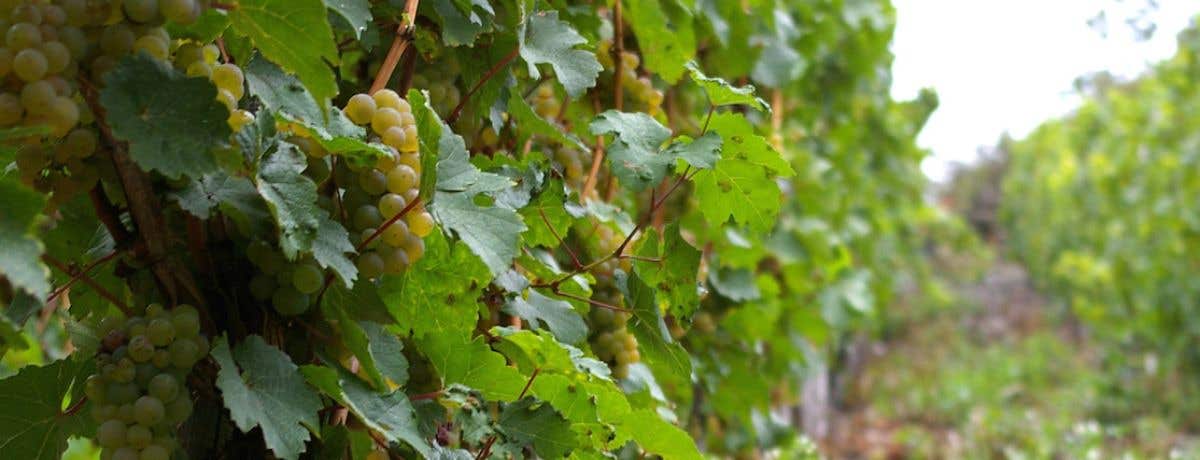Rheinhessen

This varied terrain, much of it rolling farmland across the Rhine from the Rheingau, is Germany's biggest wine region, and one for long used as a source of blending wine (more than half of all Liebfraumilch comes from the Rheinhessen). But it is now home to an encouraging number of ambitious, quality-focused younger wine producers, particularly in the pretty villages in its south-west corner. Klaus Peter Keller and Philipp Wittmann provided the spur but now they have many acolytes, such as Stefan Winter in Dittelsheim and Battenfield Spanier in Hohen-Sülzen.
It also has its fine wine district, the dramatic Rheinterrasse, vineyards steeply rising from the left bank of the Rhine, of which the Roter Hang strip with its distinctive red soils just north of Nierstein is one of the most characterful. It must be particularly depressing to be an ambitious, dedicated winemaker here, knowing that most of the world's wine drinkers associate your precious Nierstein with the dreariest, cheapest commercial blends sold as Niersteiner Gutes Domtal, made up of over-produced Müller-Thurgau grown miles away on flat, much less promising sites. The Rheinhessen is famous for the variety of grapes it grows and Sylvaner, and in some spots Spätburgunder, can thrive here as well as Riesling. Today, however, there is greater emphasis on the highest quality varieties, and Riesling is now the second-most planted variety in the region.
Some favourite producers: Battenfield Spanier, Dreissigacker, Gunderloch, Heyl zu Herrnsheim, Huff, Keller, Kühling Gillot, and St Antony, Wagner Stempel, Stefan Winter and Wittmann.